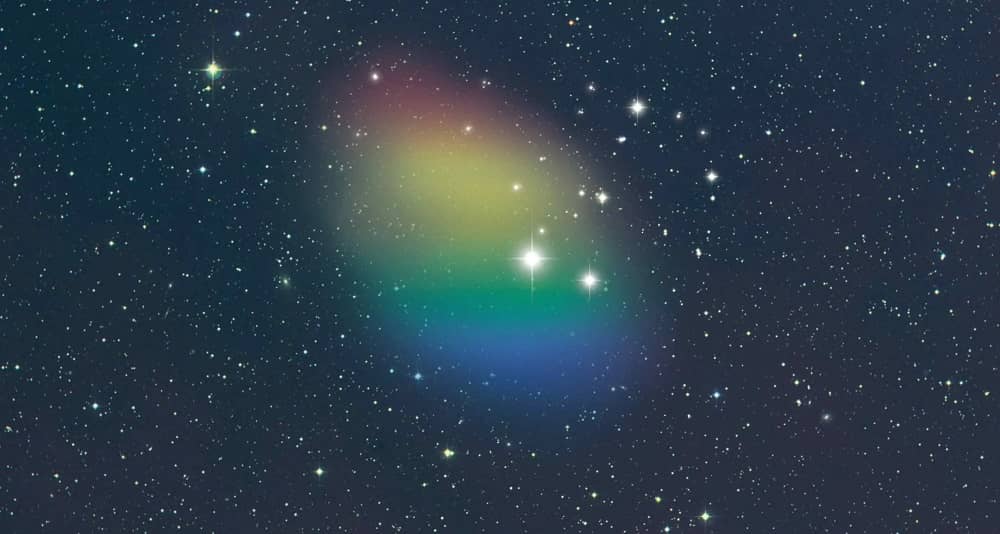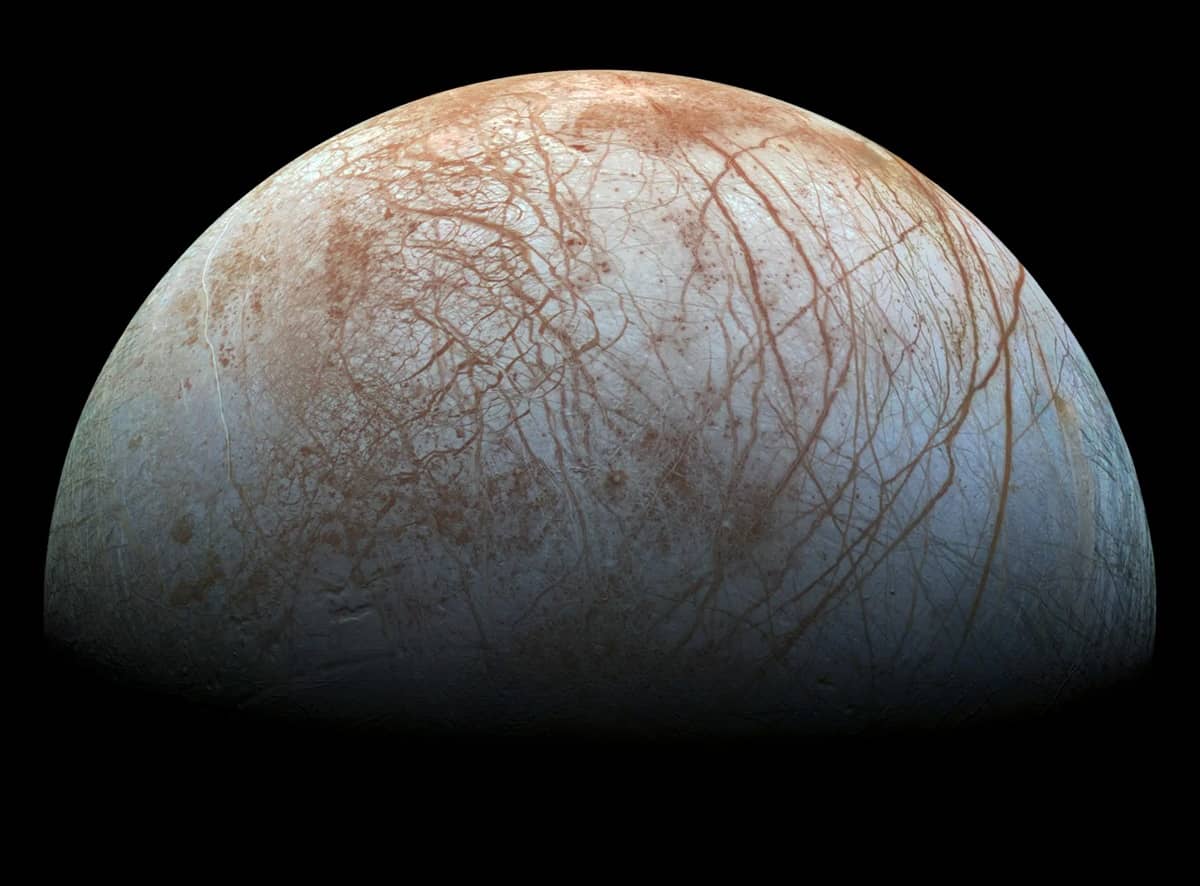In the vast expanse of the cosmos, a recent celestial revelation challenges our traditional notions of galaxies. Discovered serendipitously, the enigmatic object named J0613+52, positioned a staggering 270 million light-years away, defies expectations by appearing devoid of visible stars. Unlike the glittering galaxies that populate our night sky, this colossal entity stands alone as a remarkable haze composed of the interstellar gas typical in galactic voids.
A team of astronomers, led by astrophysicist Karen O’Neil from the Green Bank Observatory, stumbled upon this celestial oddity during a survey focused on low surface brightness (LSB) galaxies. The initial plan was to measure the gas content and mass of LSB galaxies, which are characterized by their scarcity of stars and predominance of gas and dark matter. However, due to an accidental misalignment of the Green Bank Telescope, a galaxy that challenges our understanding of cosmic structures emerged.
“The GBT was accidentally pointed to the wrong coordinates and found this object. It’s a galaxy made only out of gas—it has no visible stars. Stars could be there, we just can’t see them,” O’Neil says.
J0613+52 exhibits mass and motion consistent with a typical spiral galaxy, resembling what one would obtain by removing stars from a galaxy like the Milky Way or Andromeda. The absence of visible stars sets it apart, hinting at the possibility of it being a primordial galaxy, primarily composed of gas formed in the early epochs of the universe.
This cosmic anomaly, presenting itself as both undisturbed and underdeveloped, prompts speculation about its origin and evolution. Unlike other galaxies that undergo gravitational interactions, potentially leading to star formation, J0613+52 seems to have maintained its pristine state over the immense timespan of 13.8 billion years.
The discovery challenges astronomers to reassess their understanding of galactic evolution and raises questions about the prevalence of such dark, gas-dominated galaxies in the cosmos. As we peer into the cosmic abyss, J0613+52 stands as a solitary testament to the mysteries that persist in our exploration of the universe.
Future observations will delve deeper into the nature of this dark galaxy. Astronomers are poised to scrutinize the object for heavy metals, crucial indicators of star presence. If these telltale signs of stellar life remain elusive, J0613+52 may indeed be the elusive dark galaxy, a pristine relic from the dawn of the cosmos, quietly drifting through the cosmic tapestry for eons, a testament to the enduring enigma of our universe.





